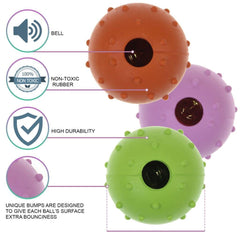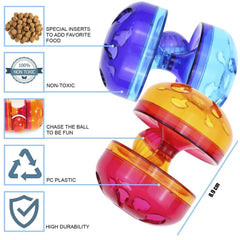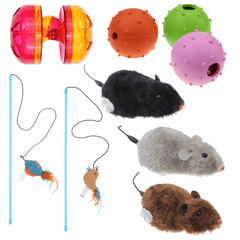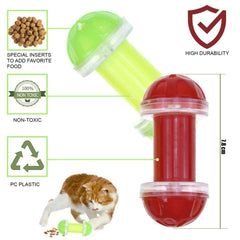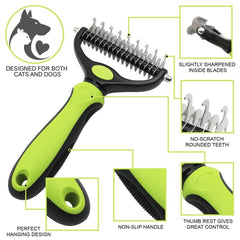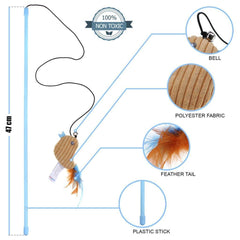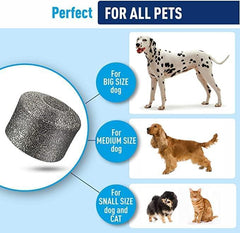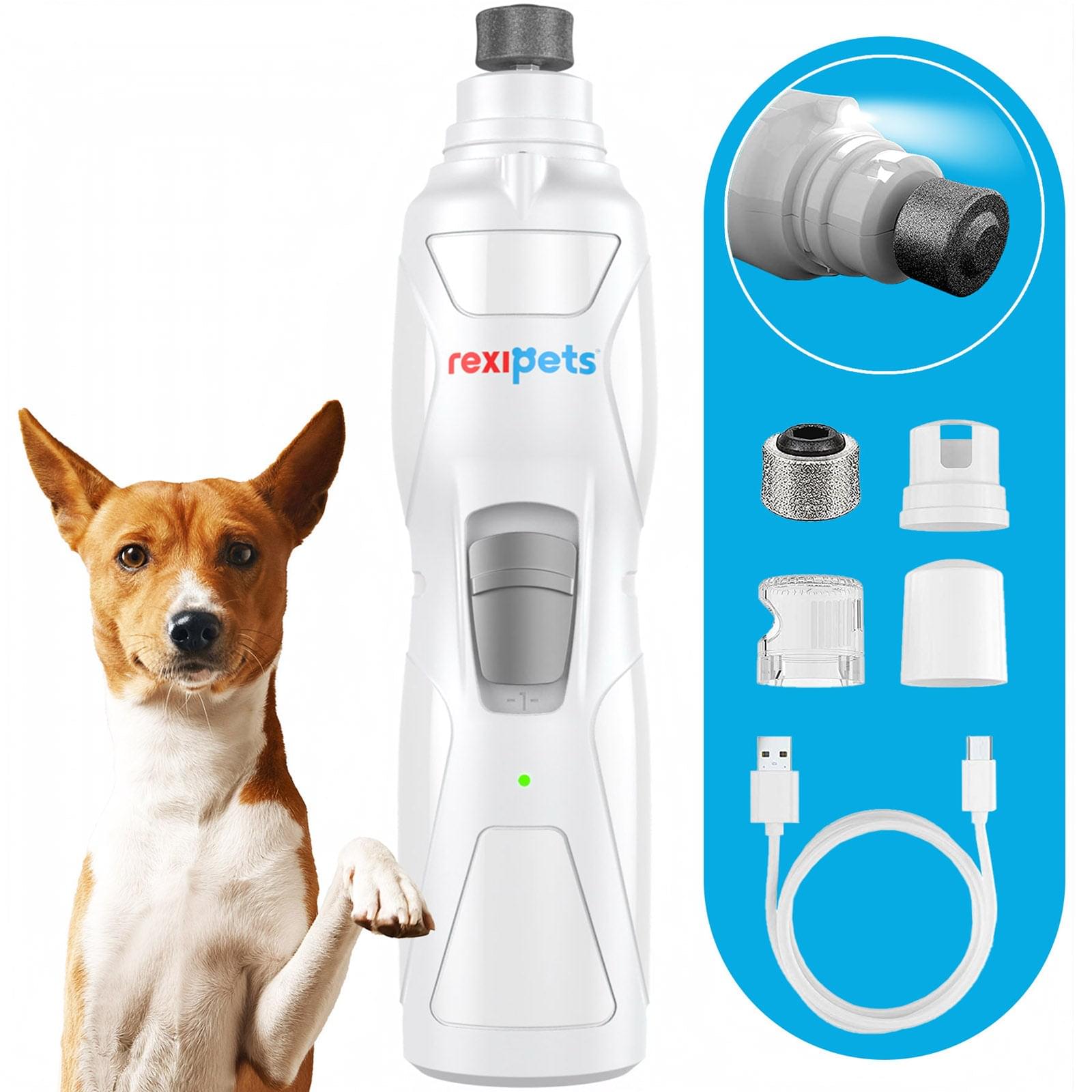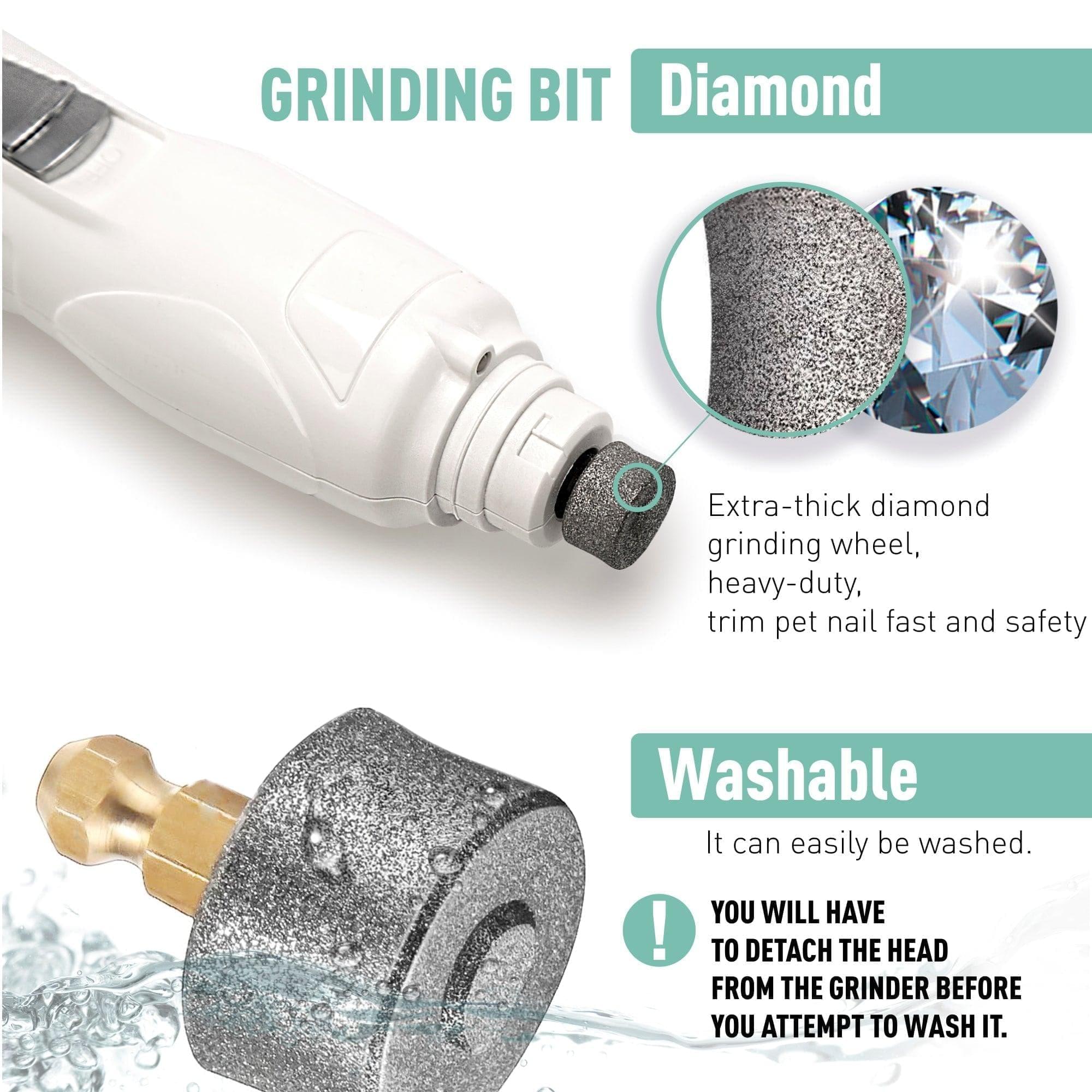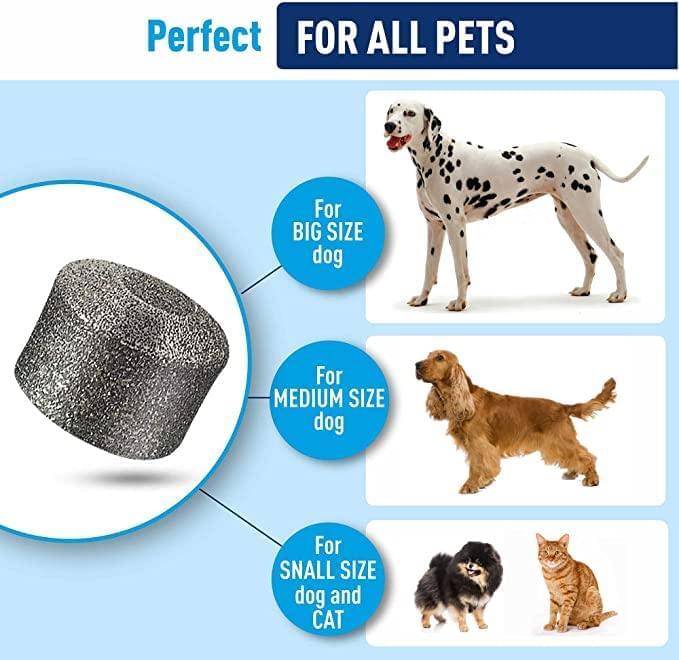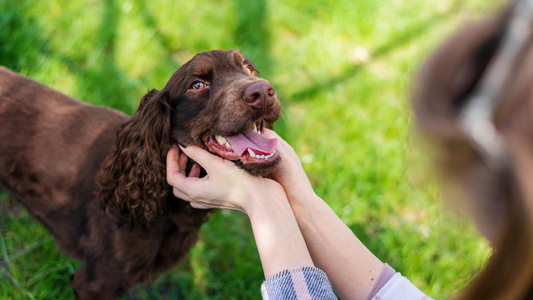
Have you ever heard that distinct click-clack sound when your furry pal is strolling across your kitchen floor? Ouch!
And what about that unmistakable sensation of their nails raking across your skin when they enthusiastically jump up to say hello? It can be pretty painful!
Either way, your pup needs a little paw-dicure.
Doing your dog's nails at home has several advantages, particularly if you train your dog to be comfortable with the process through gradual desensitization and counter-conditioning.
Important Note: The benefits of DIY nail trimming include better health for your dog by preventing orthopedic problems. These problems may arise from walking on long nails, but trimming your dog's nails yourself can reduce your dog's stress levels, increase safety for both you and your dog, improve your dog's body awareness, and save money by avoiding the cost of professional grooming appointments.
As a pet parent, you must keep your furry friend's nails trimmed to a healthy length to ensure their wellness and happiness.
Overgrown nails can lead to discomfort, pain, and even severe health issues. But when trimming your dog's nails, there are two primary methods: clipping or grinding.
So which one is best for your pup? Let's take a closer look at trimming vs. grinding dog nails.
Dog Nail Trim vs. Grind: What's Best for Your Pet?
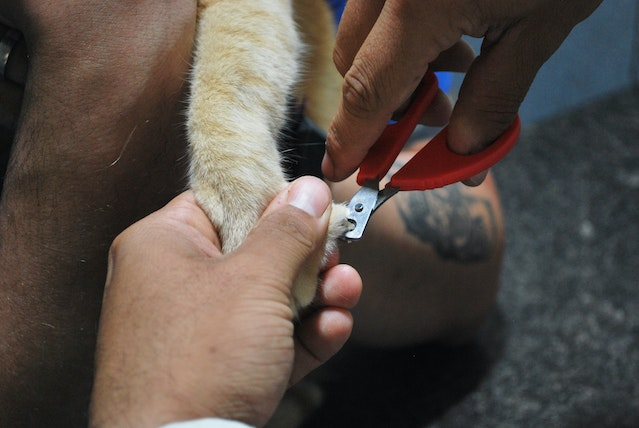
Are you wondering how to trim dog nails? Let's look at both options in detail so that you can decide what is best for your dog.
Trimming: Pros and Cons

Trimming your dog's nails involves using dog nail clippers to snip off the tip of each nail.
While this method is straightforward, it can be challenging for some pet parents. It requires precision and care to avoid cutting the quick, which is the pink part of the nail. The quick contains blood vessels and nerves. Accidentally cutting the quick can be painful for your dog and may cause bleeding.
If you plan to trim your dog's nails, using the right tools is essential. Invest in a high-quality nail clipper designed for dogs, as human nail clippers can do more harm than good.
You may also want some styptic powder if you accidentally nick the quick and cause bleeding. Other than that, several innovative clippers, like guillotine-style nail clippers, make the process much easier.
Guillotine-Style Clippers
Guillotine-style clippers are manual nail clippers that insert the dog's nail into a small hole and then squeeze the handles to lower a blade and cut the nail.
They are affordable and easy to use, making them a good option for smaller dogs with light-colored nails. However, guillotine clippers may not be suitable for larger dogs or trimming thicker nails.
Additionally, it can be challenging to see the quick when using guillotine-style clippers, increasing the risk of accidentally cutting the quick and causing pain and bleeding.
The blade of guillotine clippers may also become dull with repeated use, making trimming more complex and potentially more painful for the dog.
Important Note: When choosing a type of nail clipper for your dog, it is essential to consider the size and temperament of your dog, as well as your personal preference and experience.
Trying out different types of clippers may be helpful to see what works best for you and your dog.
PROS OF TRIMMING DOG NAILS
Here are some potential advantages of nail trimming over grinding:
-
Quicker Process:
Nail trimming can be quicker than using a nail grinder, especially if you are skilled with clippers.
-
Less Noise:
Some dogs may fear the sound of a nail grinder, so nail trimming may be a quieter and less stressful option.
-
Less Equipment:
Nail clippers are generally more affordable and require less equipment than a nail grinder.
-
Precision:
Nail clippers offer more precision for minor cuts and are especially useful for dogs with smaller nails.
Ultimately, the best method for trimming a dog's nails will depend on the dog's individual temperament and the preferences of the owner or groomer.
CONS OF TRIMMING DOG NAILS
While there are benefits to nail trimming in dogs, there are also some potential drawbacks when compared to using a nail grinder:
-
Risk of Cutting the Quick:
With nail clippers, there is a greater risk of accidentally cutting the quick of nail, which can be painful for the dog and may cause bleeding.
-
Requires Skill:
Trimming a dog's nails with clippers requires more skill and precision than using a nail grinder, especially for dogs with darker nails where the quick is less visible.
-
More Discomfort:
For some dogs, nail clippers can be uncomfortable or even painful, especially if the clippers are not sharp or if too much of the nail is cut at once.
-
Limited Control:
Clippers cut only in one direction, making it difficult to achieve a specific shape or contour for the nail.
Again, the best method for trimming a dog's nails will depend on the dog's individual temperament and the preferences of the owner or groomer. It is essential to carefully consider each method's pros and cons before deciding.
Grinding: Pros and Cons
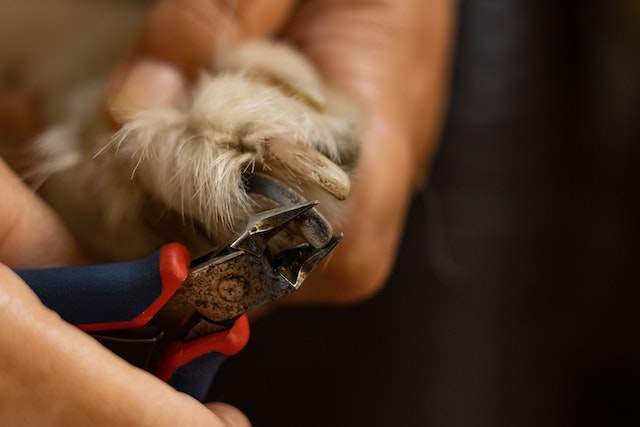
Now we come to the question of how to grind dog nails.
Grinding your dog's nails involves using a rotary grinding tool like a Dremel to file down the nail gradually.
This method is more time consuming than clipping. Still, it can be easier for some pet parents, especially if your dog has black nails, making it challenging to see the quick. Grinding also creates a smoother, more rounded nail tip, which can be more comfortable for your dog.
If you decide to use a dog nail grinder, it's essential to choose the right tool, such as a Dremel.
Look for a grinder specifically designed for pets, as human nail grinders can be too powerful and may cause injury. It's also an amazing idea to introduce your dog to the grinder gradually and reward them with treats and praise to help them feel comfortable with the process.
PROS OF GRINDING DOG NAILS
There are many potential advantages to using a pet nail grinder for your dog's nail care.
-
Precision:
Grinding allows for more precision in shaping the nails and the ability to smooth rough edges. Clipping dog nails can leave rough edges, which are dangerous and may harm you or your dog.
-
Reduced Risk of Cutting the Quick:
With dog nail grinders, there is a reduced risk of cutting the quick of the nail, which can be painful for the dog and may cause bleeding.
-
Less Discomfort:
For some dogs, nail grinders may be less uncomfortable than clippers, especially if the nails are sensitive or if the clippers are not sharp.
-
Suitable for Thicker Nails:
Grinding may be a better option for dogs with thick nails, as clippers may be unable to cut through them effectively.
CONS OF GRINDING DOG NAILS
There are some drawbacks to using a nail grinder for trimming a dog's nails:
-
Time consuming:
Grinding nails can be time consuming, mainly if the dog is not used to the sensation and needs breaks or reassurance.
-
Can Be Noisy:
While nail grinders are generally easier to use than clippers, they can still be noisy. They may cause some dogs to become anxious or fearful. So it can be a hassle to maintain paw care for dogs.
-
Heat Build-Up:
The dog nail grinding process can generate heat, which can be uncomfortable for the dog and potentially cause burns if the grinder is left in one spot for too long.
-
Requires Training:
Using a grinder effectively requires some training, experience, patience, and a steady hand.
-
Cost:
Dog nail grinders can be more expensive than clippers and may require replacement parts over time.
It is essential to consider these potential drawbacks carefully before deciding whether to use a dog nail grinder or clippers to trim a dog's nails.
Ultimately, the best approach will depend on the individual dog and the preferences of the owner or groomer.
Which is Best: Grinding Dog Nails vs. Clipping? The Safest and Simplest Way to Trim Your Dog's Nails

Whether you should use a dog nail clipper or a dog nail grinder, it all comes down to your dog's personality. It also depends on what you and your dog are comfortable with. Be comfortable with your method or tool, as your dog may sense anxiety and react to it.
Important Note: You might prefer clippers over a grinder if your dog is timid and frightened of loud noises. We advise going very slowly and only clipping a tiny portion of the nail each week if you choose to use a nail clipper.
The quick will start to pull away from the nail edge when you trim a small section of a nail, allowing you to cut more the following week. Avoid clipping a huge chunk at once to avoid damaging your dog's quick.
Even if you choose to cut your dog's nails with a dog nail clipper, a grinder can eliminate sharp edges and produce a smoother finish in some circumstances. Also, there is nothing wrong with choosing a professional dog groomer over doing the grooming yourself as long as you budget for regular monthly nail trimmings.
